Cities have a way of reinventing themselves when no one’s looking. Over the last decade, skylines have stretched higher, streets have gone greener, and entire neighborhoods have flipped from forgotten to thriving. In this list of 13 cities that changed over the past decade, what once felt familiar has turned into something fresh, sometimes almost unrecognizable.
The pace of change might surprise you, but it also shows how adaptable cities—and the people in them—can be. From bold architecture to smarter transportation, this past decade has been a turning point for urban life. Some cities have completely rewritten their story, moving from crowded or overlooked to modern and full of possibilities. Whether it’s through sustainability, creativity, or pure ambition, these transformations show that progress doesn’t always need to be perfect; it just needs to keep moving forward.
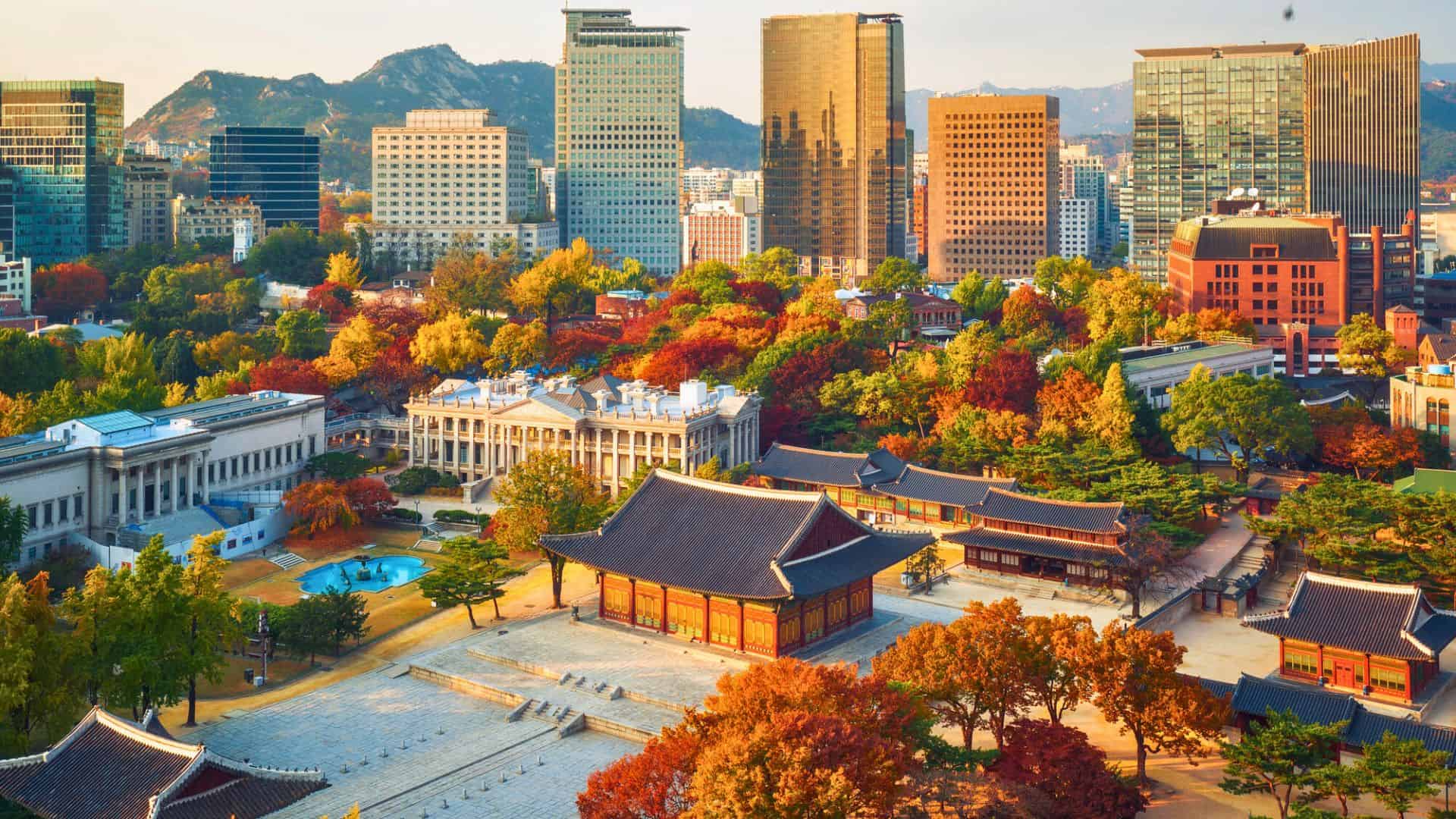
Lagos, Nigeria

Once known primarily for congestion and limited infrastructure, Lagos has experienced a remarkable urban evolution in recent years. Projects such as Eko Atlantic City have created new coastal districts built on reclaimed land, symbolizing progress and resilience. Expanding road networks, improved public transport, and digital innovation have enhanced daily life for millions. The city’s tech ecosystem, driven by fintech and creative startups, has positioned Lagos as a leading African innovation center. Cultural industries, from music to fashion, continue to thrive. Despite challenges of rapid growth, Lagos stands as a bold example of transformation and entrepreneurial energy in Africa.
Ho Chi Minh City, Vietnam

Economic growth and modernization have redefined Ho Chi Minh City as one of Southeast Asia’s most energetic urban centers. Expanding metro lines, new bridges, and high-rise developments have transformed transportation and housing. The influx of foreign investment has fueled business districts and technology parks, while local entrepreneurship continues to flourish. Cultural preservation remains important, with historic French colonial architecture standing alongside sleek modern towers. The city’s growing focus on sustainability and digital infrastructure highlights its ambition to compete on a global scale. Over the past decade, it has evolved into a vital hub of innovation and commerce.
Dubai, UAE

Over the past decade, Dubai has transformed from an ambitious desert metropolis into a global symbol of innovation and architectural audacity. The city expanded its skyline with groundbreaking projects such as the Museum of the Future and Dubai Frame, while also investing heavily in renewable energy and smart infrastructure. Expo 2020 acted as a catalyst for new transportation systems, public spaces, and sustainable developments. Dubai has also focused on diversifying its economy beyond oil, emphasizing tourism, finance, and technology. Its rapid modernization reflects a vision of becoming one of the world’s most forward-thinking urban centers.
Riyadh, Saudi Arabia

Driven by the ambitious Vision 2030 initiative, the capital of Saudi Arabia has undergone a profound transformation. Expansive infrastructure projects such as the Riyadh Metro and entertainment megaprojects like Qiddiya have reshaped both mobility and lifestyle. The city is embracing sustainability through green corridors, renewable energy systems, and modern urban design. Economic diversification has brought new industries, technology hubs, and cultural institutions that reflect a shift toward global engagement. Public spaces, art installations, and tourism developments have redefined Riyadh’s image, turning it from a traditionally conservative city into a forward-looking destination focused on innovation and modernization.
Istanbul, Turkey

Istanbul has experienced sweeping changes fueled by major infrastructure projects and urban renewal efforts. The construction of the new Istanbul Airport, one of the largest in the world, has positioned the city as a key global transit hub. Expansive metro networks and tunnel systems have improved connectivity across its European and Asian sides. Historic neighborhoods have been restored, while new residential and commercial developments have emerged along the Bosphorus. Despite challenges from rapid growth, Istanbul continues to balance its deep cultural heritage with modernization, creating a dynamic urban landscape that bridges history, technology, and global commerce.
Nairobi, Kenya

Rapid economic growth and technological innovation have reshaped Nairobi into a leading African metropolis. Known as the “Silicon Savannah,” it has become a center for startups, digital finance, and renewable energy projects. The construction of expressways, light rail systems, and new business parks has improved connectivity and urban mobility. Expanding residential developments and commercial zones reflect the city’s growing population and global investment interest. Cultural and creative sectors have also flourished, adding vibrancy to Nairobi’s evolving identity. Despite infrastructure challenges, the city’s transformation demonstrates resilience, ambition, and a forward-looking approach to sustainable urban development in Africa.
San Francisco, USA

Want to save this?
San Francisco has undergone significant transformation driven by technology, housing, and social change. The tech boom reshaped neighborhoods, attracting startups and major firms while intensifying debates around affordability and displacement. Urban planners have focused on sustainability, expanding bike lanes, green spaces, and renewable energy initiatives. The city’s skyline has grown with new high-rises such as Salesforce Tower, symbolizing its economic power. Post-pandemic recovery efforts have encouraged adaptive reuse of office spaces and revitalization of downtown areas. Despite challenges, San Francisco remains a center of innovation, creativity, and progressive urban development within the broader Bay Area ecosystem.
Singapore
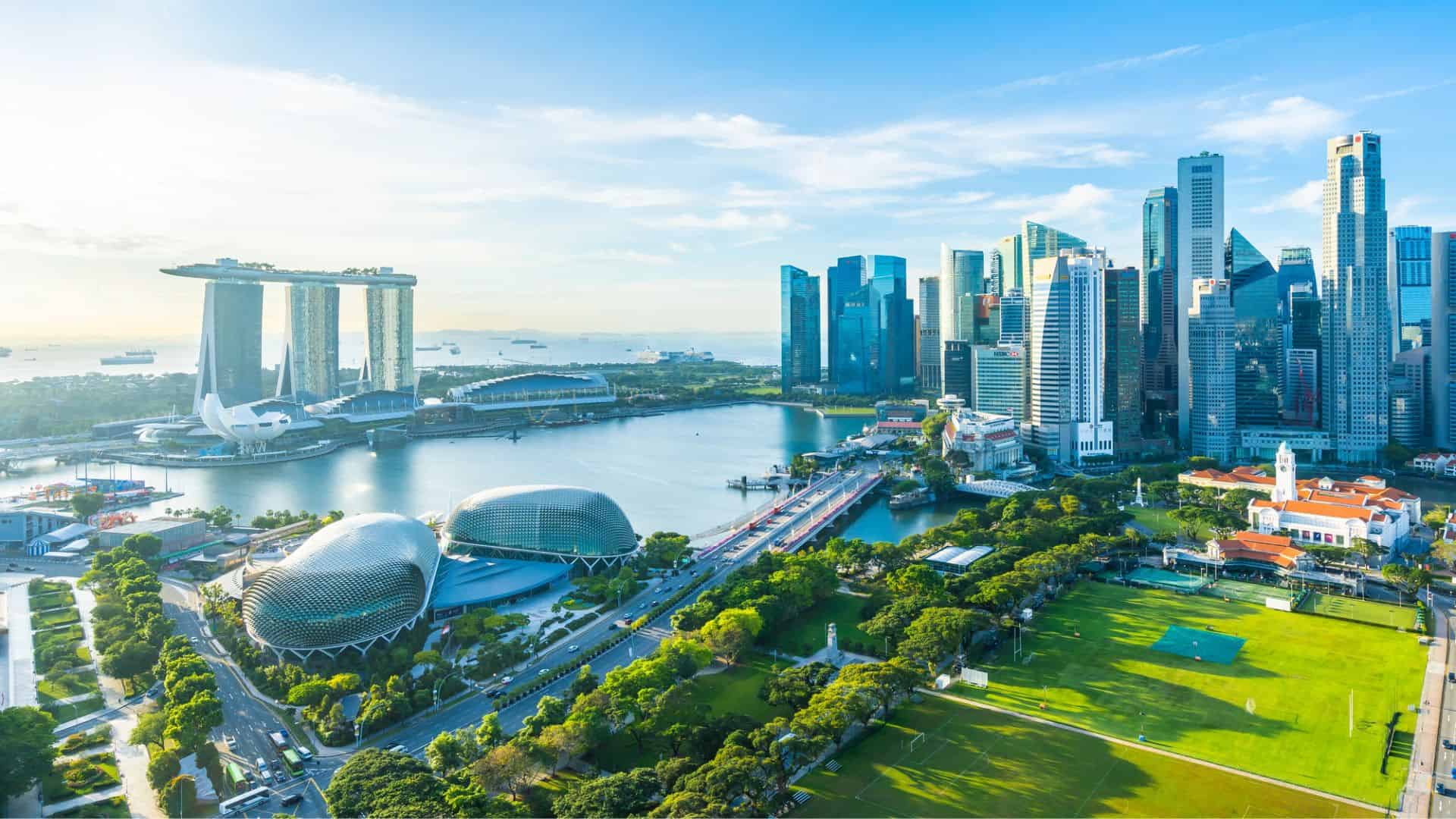
Singapore has redefined urban living through strategic planning and technology-driven policies. Over the past decade, it has expanded its Smart Nation initiative, integrating digital systems into transportation, housing, and public services. The Marina Bay area continues to evolve with sustainable architecture and waterfront developments. Green infrastructure, such as vertical gardens and energy-efficient buildings, reinforces its reputation as a model for eco-conscious growth. Education and innovation districts like Punggol Digital District highlight Singapore’s focus on future industries. The city-state’s transformation reflects a commitment to resilience, efficiency, and livability, making it one of the most advanced cities globally.
Berlin, Germany

Once defined by its post-reunification transition, Berlin has matured into a thriving hub for technology, culture, and creativity. The redevelopment of former industrial areas has produced new residential and commercial districts that attract startups and global companies. The long-awaited opening of Berlin Brandenburg Airport improved international access, while expanded public transport systems enhanced mobility within the city. Green initiatives and sustainable architecture have become central to urban planning. Berlin’s cultural landscape continues to flourish, with art, music, and design shaping its global reputation. The city now stands as a symbol of innovation, diversity, and progressive urban renewal.
Mumbai, India
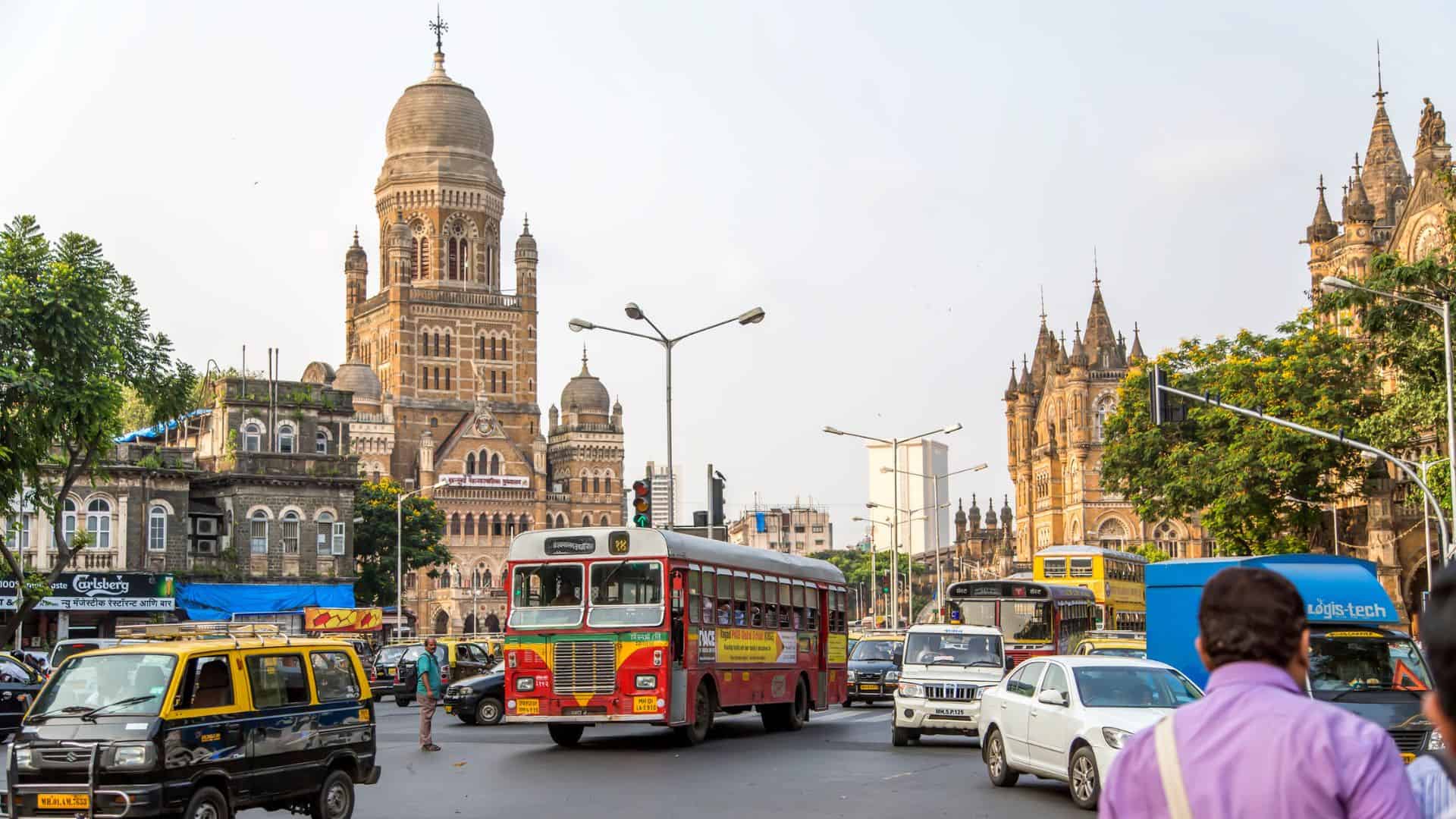
Massive infrastructure projects have reshaped Mumbai’s skyline and connectivity over the past decade. Expansions such as the Mumbai Metro, Coastal Road Project, and Trans Harbour Link have reduced travel time and opened new economic corridors. Redevelopment of older neighborhoods has brought modern housing and commercial spaces, while ongoing efforts aim to improve flood resilience and sanitation. The financial capital’s tech and creative industries have grown rapidly, attracting both domestic and international talent. Despite congestion and environmental pressures, Mumbai continues to adapt, balancing its historical character with a vision of inclusive, forward-moving urban modernization across its vast landscape.
Shenzhen, China
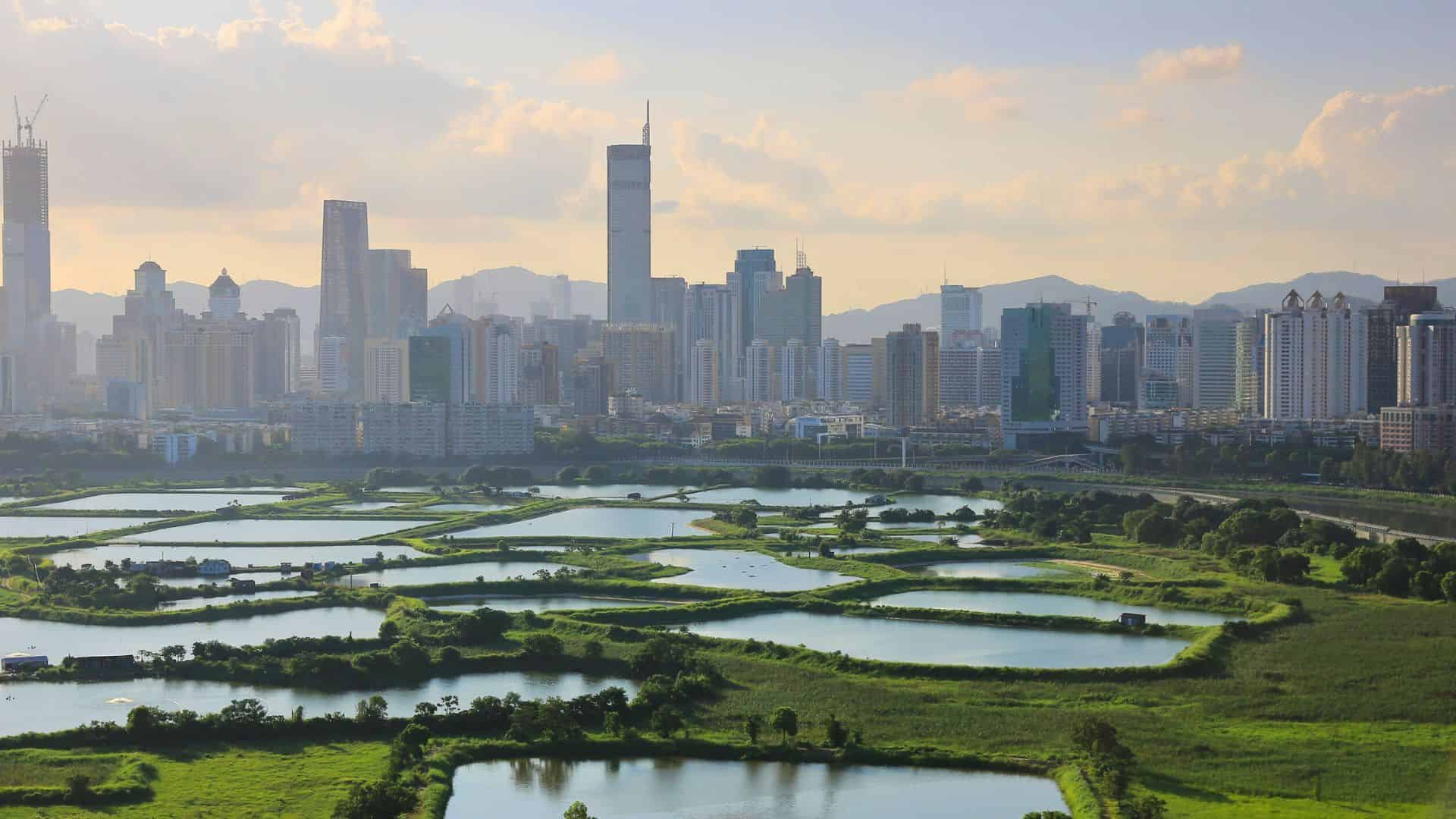
Shenzhen has evolved dramatically over the last ten years into one of China’s most advanced technology-driven cities. The government’s focus on innovation has attracted major corporations like Huawei, Tencent, and DJI, transforming the city into a global hub for electronics and research. Environmental initiatives have led to nearly all buses and taxis becoming electric, reducing emissions and noise. The skyline now rivals Hong Kong’s, filled with sleek skyscrapers and modern architecture. Shenzhen’s creative districts, art spaces, and tech incubators have also reshaped its cultural identity, blending progress with contemporary urban life.
Toronto, Canada
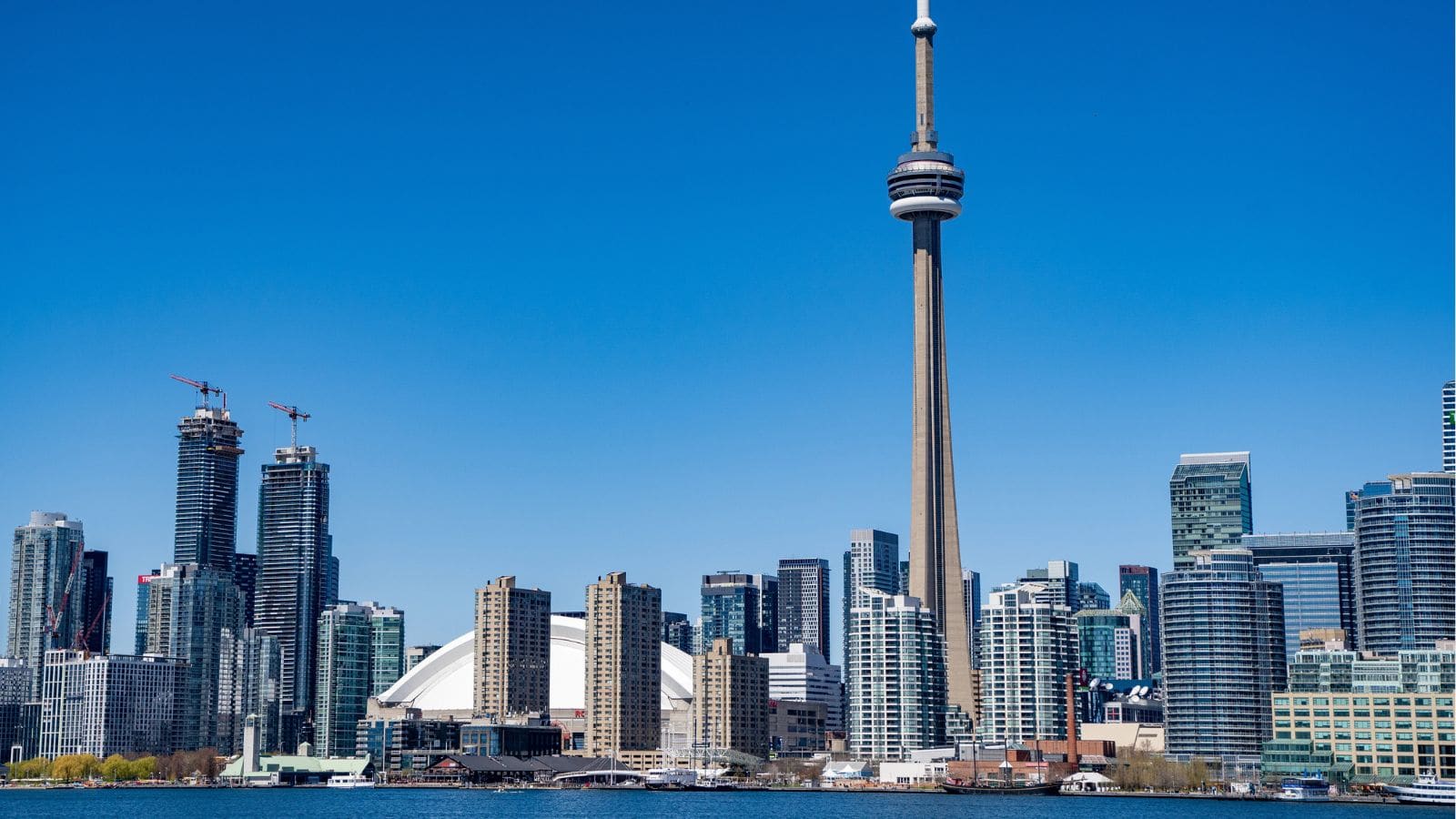
Toronto’s skyline has expanded dramatically, with an influx of skyscrapers reshaping its urban identity. The city has prioritized public transit expansion, cycling infrastructure, and sustainable housing to accommodate rapid population growth. Revitalized waterfront districts, green building initiatives, and cultural investments have enhanced its global reputation. Technology and finance sectors continue to thrive, attracting diverse talent from around the world. Efforts to balance affordability and inclusivity remain central to its planning strategies. Toronto’s transformation reflects a commitment to resilience, innovation, and livability, positioning it as one of North America’s most dynamic metropolitan centers.
Seoul, South Korea

Over the past decade, the capital of South Korea has redefined urban living through technology, design, and sustainability. Smart city initiatives have introduced AI-driven traffic control, digital governance, and efficient public services. Revitalized spaces such as the Cheonggyecheon Stream and Seoullo 7017 Skygarden have turned former industrial zones into community hubs. Eco-friendly housing and renewable energy projects have become central to city planning. The rise of creative industries and global tech firms has strengthened Seoul’s role as a cultural and economic powerhouse. Blending tradition with innovation, the city continues to evolve as a model for modern urban transformation.
From ‘Meh’ to Mega in Ten Years

Change is constant, but seeing how entire cities reinvent themselves reminds us just how fast the world can move. In just ten years, places that once felt stuck have become centers of progress, creativity, and new opportunity. These transformations aren’t about chasing perfection; they’re about growth, resilience, and the drive to adapt when the world demands it.
What’s great about this kind of change is that it never really ends. Cities will keep evolving, finding new ways to balance history with what’s next. The past decade proved that innovation doesn’t just happen in labs or boardrooms; it happens in the streets, in communities, and in the everyday choices of the people who live there. The perfect city might not exist, but the pursuit of better ones never stops.




